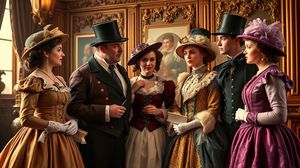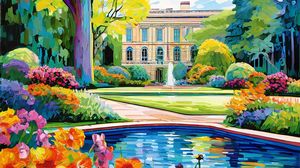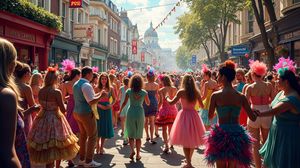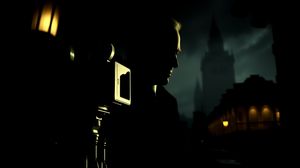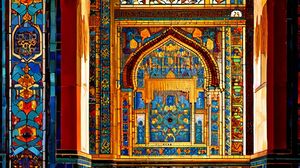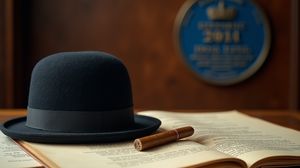
Kensington Church Street in London is a quintessential British thoroughfare known for its charming and eclectic mix of antique shops, boutiques, and cafes. Stretching from Kensington High Street to Notting Hill Gate, this street embodies a unique blend of old-world charm and modern elegance, making it a delightful place for both locals and tourists to wander and explore.
One of the fascinating aspects of Kensington Church Street is its reputation as an antiques hotspot. The street is lined with a remarkable array of antique shops that have been attracting collectors and enthusiasts for decades. From exquisite furniture to rare artworks, these shops offer a treasure trove of unique finds that are sure to captivate anyone with an interest in history and craftsmanship.
The architecture along Kensington Church Street is a stunning reflection of the area's rich heritage. Visitors can admire a variety of styles, from traditional Victorian and Georgian facades to more contemporary renovations, showcasing the evolution of urban design in this part of London.
Kensington Church Street also boasts a notable association with the world of literature. In the 19th century, famous literary figures such as T.S. Eliot and Ezra Pound were known to frequent the area, adding a layer of cultural significance to its storied past.
Hidden gems are a key feature of Kensington Church Street. Amidst its busier sections, visitors might stumble upon quaint little alleyways and secret gardens that provide a serene escape from the bustling city environment, perfect for a quiet moment of reflection.
Culinary enthusiasts will find delight in the various eateries scattered along the street. Offering a range of cuisines from traditional British to international flavors, the dining scene here is as diverse as the street's visitors, ensuring that every palate is catered to satisfyingly.
Kensington Church Street is not just a shopping destination but a historic journey, with Blue Plaques commemorating notable residents from the past, offering intriguing insights into the lives of influential individuals who once called this vibrant street home.

Making the Most of Your Visit:
When you're exploring the antique shops on Kensington Church Street, make sure to look behind the main displays. Many shops have hidden treasures tucked away in corners or back rooms. Don't be afraid to ask the shop owner to show you something special.
Architecture buffs should bring a camera or sketchbook. The variety of building styles, from Victorian to Georgian, offer fantastic subject matter for photos or sketches, especially during the golden hour when the light highlights the intricate details.
If you're interested in the literary history of the area, try visiting the street in the early morning or late evening when it's quieter. Imagine what it was like in the days when T.S. Eliot and Ezra Pound wandered here. It's quite the experience to walk in the footsteps of literary giants, especially when the street is less busy.
There's a brilliant little tea shop close to the Notting Hill end where you can enjoy a perfectly brewed pot of tea. It's the ideal place to rest your feet and recharge while watching the world go by through picturesque windows.
Keep your eyes peeled for blue plaques on some of the buildings. These plaques offer glimpses into the past lives of famous residents and can add an intriguing layer of context to your walk.

Visiting Times & Costs:
Kensington Church Street is a public street and is accessible to the public at all times, as there are no specific opening or closing hours. Visitors can explore the street and its attractions at their leisure.
There is no cost to walk along Kensington Church Street itself, as it is a public thoroughfare. However, individual shops, cafes, and attractions along the street may have their own opening times and admission fees. It is recommended to check their specific details if you plan to visit any particular business or site.
Regarding accessibility, the street is generally accessible for visitors with mobility issues. However, some of the older buildings and shops may have steps or narrow entries that could pose challenges. It is advisable to directly contact individual shops or establishments to inquire about specific accessibility features or assistance they may offer.

Address & Map:

Nearby:






